Well, real-life applications are complicated like that. Before you know it, you want to replace the UI with an App, expose your logic as a WCF service, change the e-mail service with another service provider, test pieces of your code while mocking the DAL and change the database with another one.
The usual way to deal with this is to pass all calls through an interface that separates the implementation from the caller. After that, you can implement the different DAL's.
Personally I usually go with this approach:
- First create a single DLL that contains all interfaces. Basically the idea is to expose all calls that your UI, App or whatever needs through the interface. From now on, your UI doesn't talk to databases or e-mail providers anymore.
- If you need to get access to the interface, you use a factory pattern. Never use 'new'; that will get you in trouble in the long run.
- It's not trivial to create this, and needs proper crafting. Usually I begin with a bare minimum version, hack everything else in the UI as a first version, then move everything that touches a DB or a service into the right project while creating interfaces and finally re-engineer everything until I'm 100% satisfied.
- Interfaces should be built to last. Sure, changes will happen over time, but you really want to minimize these. Think about what the future will hold, read up on what other people came up with and ensure your interfaces reflect that.
Basically you now have a working piece of software that works with a single database, mail provider, etc. So far so good.
Next, re-engineer the factory. Basically you want to use the configuration settings to pick the right provider (the right DLL that implements your interface) for your data. A simple switch can suffice in most cases.
At this point I usually make it a habit to make a ton of unit tests for the interfaces.
The last step is to create DLL's for the different database providers. One of these will be loaded at run-time in your application.
I prefer simple Linq to SQL (I also use the library from LinqConnect) because it's pretty fast. I simply start by copy-pasting the other database provider, and then re-engineer it until it works. Personally I don't believe in a magic 'support all sql databases' solution anymore: In my experience, some databases will handle certain queries a much, much faster than other databases - which means that you will probably end up with some custom code for each database anyways.
This is also the point where your unit tests are really going to pay off. Basically, you can just start with copy-paste and give it a test. If you're lucky, everything will run right away with decent performance... if not, you know where to start.
Build to last
Build things to last. Things will change:
- Think about updates and test them. Prefer automatic tests.
- You don't want to tinker with your Factory every day. Use Reflection, Expressions, Code generation or whatever your poison is to save yourself the trouble of changing code.
- Spend time writing tests. Make sure you cover the bulk. I cannot stress this enough; under pressure people usually 'save' time by not writing tests. You'll notice that this time that you 'save' will double back on you as support when you've gone live. Every month.
What about Entity Framework
I've seen a lot of my customers get into trouble with performance because of this. In the many times that I've tested it, I had the same experience. I noticed customers hacking around EF for a lot of queries to get a bit of decent performance.
To be fair, I gave up a few years ago, and I know they have made considerable performance improvements. Still, I would test it (especially with complex queries) before considering it.
If I would use EF, I'd implement all EF stuff in a 'database common DLL', and then derive classes from that. As I said, not all databases are the same with queries - and you might want to implement some hacks that are necessary to get decent performance. Your tests will tell.
Bonuses
Other reasons for programming through interfaces has a lot of advantages in combination with proxy's. To name a few, you can easily create log sinks, caching, statistics, WCF, etc. by simply implementing the same interface. And if you end up hating your current OR mapper some day, you can just throw it away without touching a single line of your app.
